30.12.2020
17-й выпуск журнала Калибровочное бюро



СОРТОПРОКАТНОЕ ПРОИЗВОДСТВО
TRANSLATING MORPHOMETRIC INFORMATION ABOUT THE ROLLING PASSES INTO A STRUCTURED DATABASE
S. Spuzic
Abstract. Hot steel rolling is amongst the most important industrial techniques because of huge amount of consumed resources, immense environmental impact, and the significance of the long products in overall economy. Criteria for improving rolling operations include process efficiency, resource consumption, system reliability, product quality and ergo-ecological sustainability, all of which being critically influenced by roll pass design (RPD). With advances in computerised information processing, it becomes apparent that further progress is to be sought in intelligently combining different RPD strategies. The key to optimising rolling systems is to be found in hybrid modelling i.e. in combining stochastic, deterministic and evolutionary analyses. Evidence obtained by using small-scale chemo-physical modelling encourages the use of experimental rolling to study the RPD interactions. However, with the advent of data acquisition and processing systems, the large collections of industrial records can nowadays be analyzed within the real time, thus allowing for online extracting and applying useful knowledge. This leads to implementing I4 and I5 paradigms. A precondition for employing machine learning and big data analytics is to establish a suitable metrics including digitization of the RPD variables. Examples of roll pass deformation zone translation into vectors are presented along with an application of the inferred models to solve an actual RPD problem.
Keywords: steel rolling, roll pass design, knowledge, manufacturing, statistical analysis.
Keywords: steel rolling, roll pass design, knowledge, manufacturing, statistical analysis.
СИСТЕМА ТОРМОЖЕНИЯ ВЕРТИКАЛЬНЫХ ВАЛКОВ УНИВЕРСАЛЬНЫХ КЛЕТЕЙ
В.Ю. Рубцов, А.Н. Бородин, В.С. Чурилов
Аннотация. В цехе прокатки широкополочных балок существует проблема разрушения вертикальных валков из-за возникающих динамических ударов в момент прокатки полосы в реверсивном режиме. На уровне изобретения разработано «Устройство торможения вертикального валка универсальной клети прокатного стана», способное автоматически, без использования дополнительных операций производить самоторможение валка после выхода полосы из клети. Кассета вертикального валка, оснащенная устройством торможения, позволит снизить динамические удары при прокате в реверсивном режиме и исключить разрушение валков.
Ключевые слова: цех прокатки широкополочных балок, вертикальный валок, устройство торможения, универсальная клеть, реверсивный режим прокатки.
Ключевые слова: цех прокатки широкополочных балок, вертикальный валок, устройство торможения, универсальная клеть, реверсивный режим прокатки.
УСЛОВИЯ ПРОКАТКИ В ОБЖИМНОЙ КЛЕТИ С ИНДИВИДУАЛЬНЫМИ ПРИВОДАМИ ВАЛКОВ
В.Ю. Рубцов, В.В. Тютерев, О.В. Килишевский, Д.Е. Кавун
Аннотация. В цехе прокатки широкополочных балок обжимная клеть оснащена индивидуальными приводами на каждый валок. Данная особенность представляет собой преимущество при освоении новых профилей с изменением контактного давления от верхнего или нижнего валка и смещением нейтральной линии, без проведения перекалибровки. Однако при появлении проходов, сопровождающихся повышенными нагрузками, которые превышают допустимый ток двигателя, происходит рассогласование скоростей верхнего и нижнего валков. Рассмотрены характеристики рассогласования скоростей при прокатке на обжимной клети шпунта Ларсена.
Ключевые слова: цех прокатки широкополочных балок, валок, обжимная клеть, шпунт Ларсена, синхронизация скоростей, ЭДС, ток якоря, ток первичной обмотки.
Ключевые слова: цех прокатки широкополочных балок, валок, обжимная клеть, шпунт Ларсена, синхронизация скоростей, ЭДС, ток якоря, ток первичной обмотки.
ПОДГОТОВКА ТЕХНОЛОГИЧЕСКОГО ПЕРСОНАЛА СОРТОПРОКАТНЫХ ЦЕХОВ С ИСПОЛЬЗОВАНИЕМ 3D АТЛАСА «ПРОКАТНЫЕ КЛЕТИ»
О.Б. Назарова, Ю.А. Чудинова
Аннотация. В статье обоснована целесообразность применения автоматизированной обучающей системы «SIKE 3D Атлас «Прокатные клети» для подготовки технологического персонала сортопрокатных цехов. Описаны возможности данного средства обучения.
Ключевые слова: автоматизированная обучающая система, информационные технологии, образовательные технологии.
Ключевые слова: автоматизированная обучающая система, информационные технологии, образовательные технологии.
